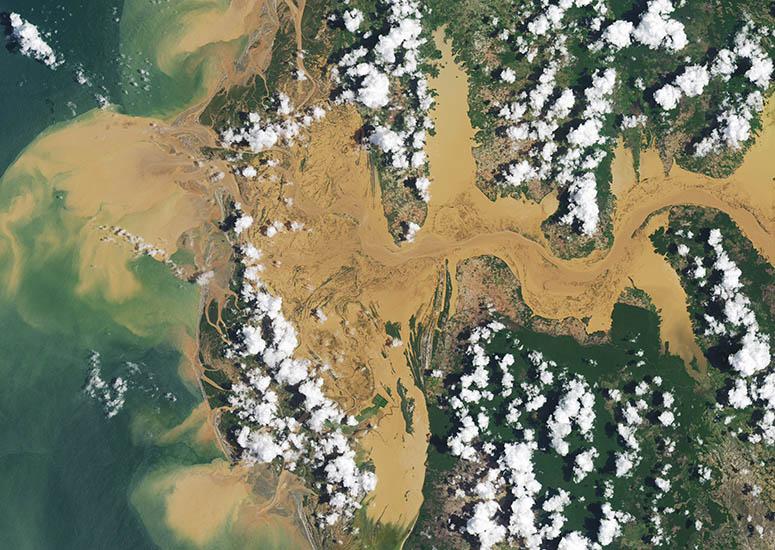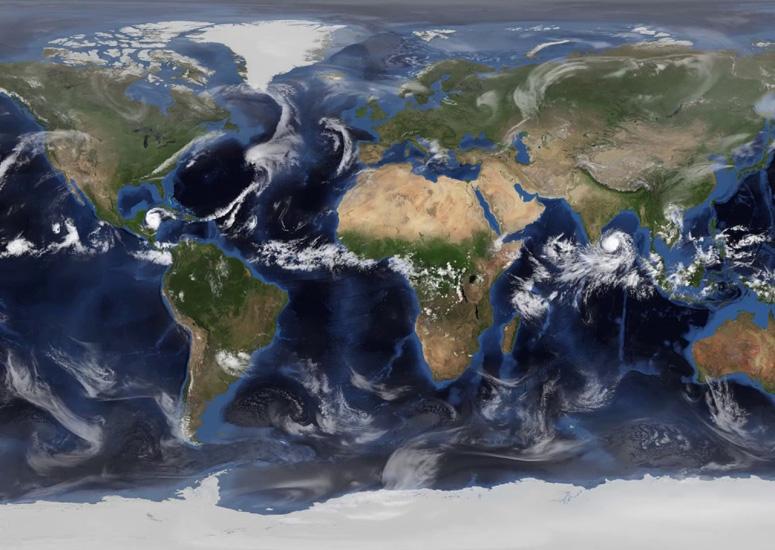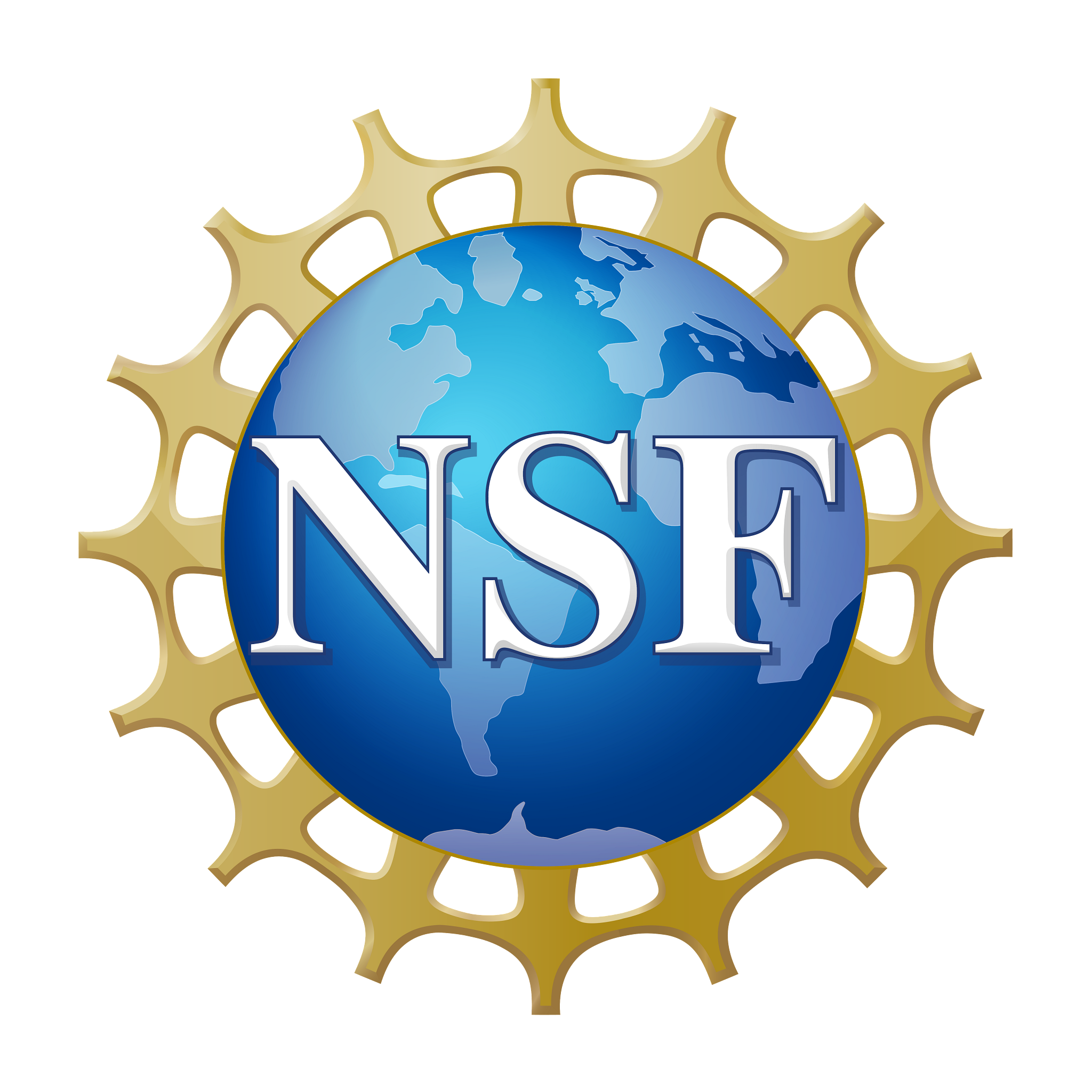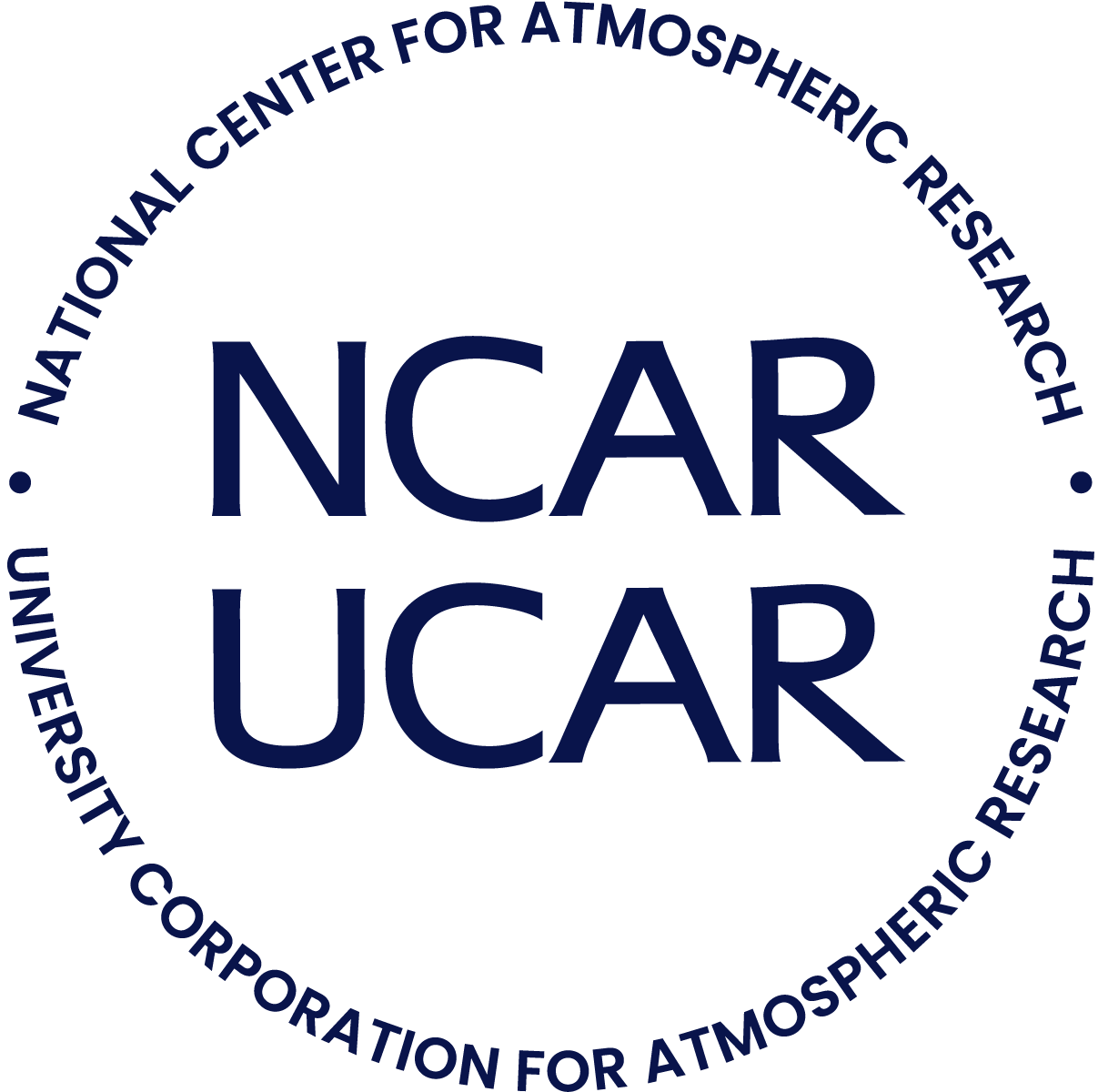-
UCAR statement on opening the 24 GHz spectrum
Opening high-frequency radio spectrum to telecommunications providers may significantly interfere with weather forecasts needed to protect life and property and support essential military operations.
- Data,
- Government Relations,
- Organization,
- Weather
-

Can artificial intelligence make Earth system modeling more efficient?
Scientist at NCAR are experimenting with machine learning to reduce the computational load.
- Supercomputing
-
Interdisciplinary program to examine potential coastal impacts of climate change, natural hazards
NCAR is launching a significant new program this summer, naming nine early career faculty members from U.S. universities to conduct interdisciplinary research into the impacts of climate change and natural hazards on U.S. coasts.
- Education + Outreach
-

Predicting unhealthy air
Residents of New Delhi and nearby heavily polluted areas of northern India now have access to air quality forecasts that provide critical information for reducing their exposure to potentially unhealthy air.
- Air Quality
-

Teaching old codes new tricks
NCAR has partnered with The Weather Company to experiment with a new technology that could make global, storm-scale forecasting a practical reality: graphical processing units, or GPUs.
- Supercomputing,
- Weather

